The Natural Fiber Market is currently characterized by a dynamic competitive landscape, driven by increasing consumer demand for sustainable materials and innovative applications across various industries. Key players such as BASF SE (Germany), DuPont de Nemours, Inc. (US), and Lenzing AG (Austria) are strategically positioning themselves through a combination of technological advancements, sustainability initiatives, and regional expansions. These companies are not only focusing on enhancing their product offerings but are also investing in partnerships and collaborations that bolster their market presence and operational efficiency. The collective strategies of these firms contribute to a moderately fragmented market structure, where innovation and sustainability are paramount.
In terms of business tactics, companies are increasingly localizing manufacturing to reduce lead times and enhance supply chain resilience. This approach appears to be a response to the growing need for agility in production processes, particularly in the face of fluctuating demand. The competitive structure of the Natural Fiber Market is moderately fragmented, with several key players exerting influence through their unique capabilities and market strategies. The interplay between these companies fosters a competitive environment that encourages continuous improvement and adaptation.
In August 2025, BASF SE (Germany) announced a partnership with a leading textile manufacturer to develop bio-based fibers aimed at reducing environmental impact. This strategic move underscores BASF's commitment to sustainability and innovation, positioning the company as a frontrunner in the eco-friendly fiber segment. By leveraging its expertise in chemical production, BASF is likely to enhance its product portfolio while addressing the growing consumer demand for sustainable textiles.
In September 2025, DuPont de Nemours, Inc. (US) launched a new line of biodegradable fibers designed for the fashion industry. This initiative reflects DuPont's strategic focus on sustainability and aligns with the increasing regulatory pressures for environmentally friendly products. The introduction of these fibers not only diversifies DuPont's offerings but also strengthens its competitive edge in a market that is progressively leaning towards sustainable solutions.
In July 2025, Lenzing AG (Austria) expanded its production capacity for TENCEL™ fibers in response to rising global demand. This expansion is indicative of Lenzing's proactive approach to market trends and its commitment to meeting consumer needs for sustainable fibers. By increasing production capabilities, Lenzing is likely to solidify its market position and enhance its ability to serve a diverse range of industries, from fashion to home textiles.
As of October 2025, the Natural Fiber Market is witnessing significant trends such as digitalization, sustainability, and the integration of artificial intelligence in production processes. These trends are reshaping the competitive landscape, with strategic alliances becoming increasingly vital for companies seeking to enhance their innovation capabilities. The shift from price-based competition to a focus on technological advancement and supply chain reliability is evident, suggesting that future competitive differentiation will hinge on the ability to innovate and adapt to evolving consumer preferences.


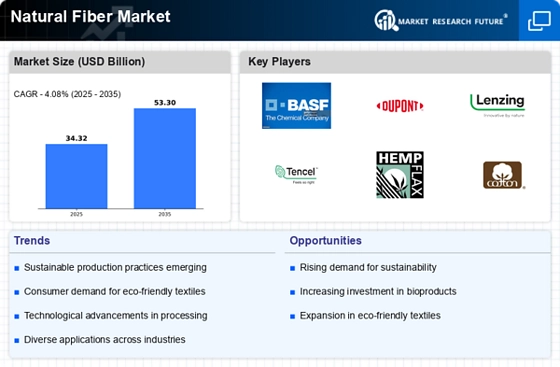
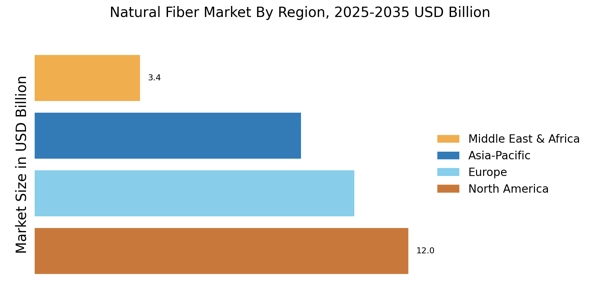

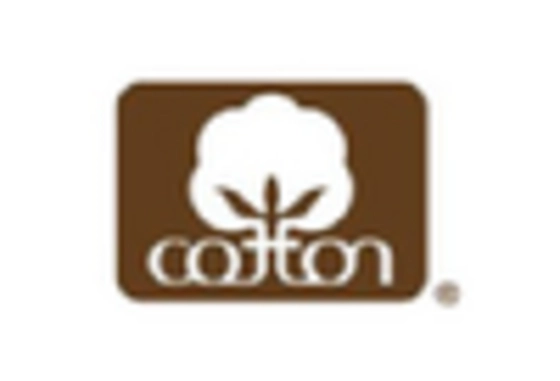

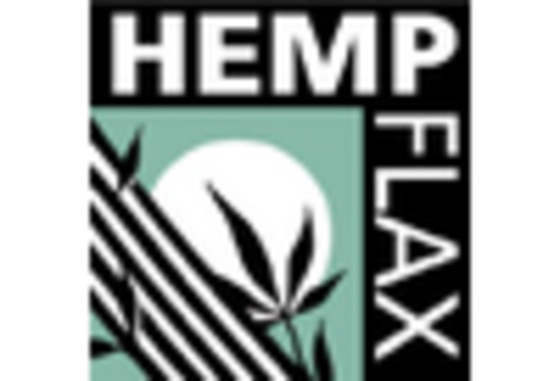
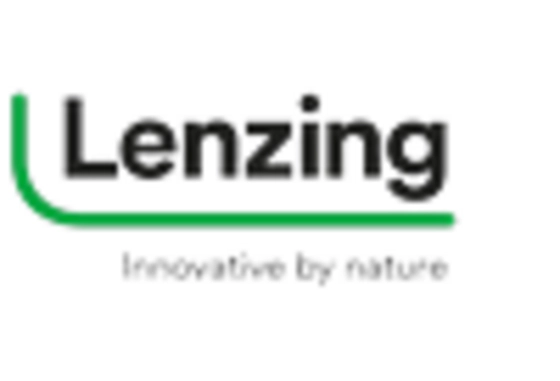
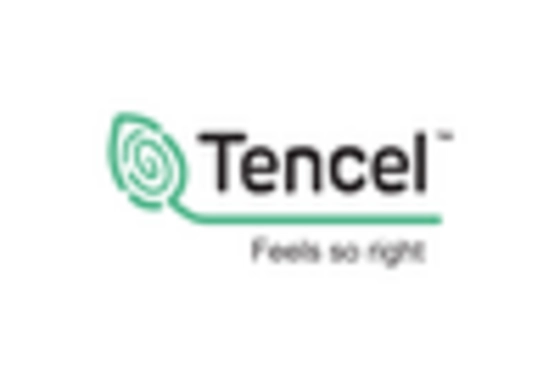








Leave a Comment